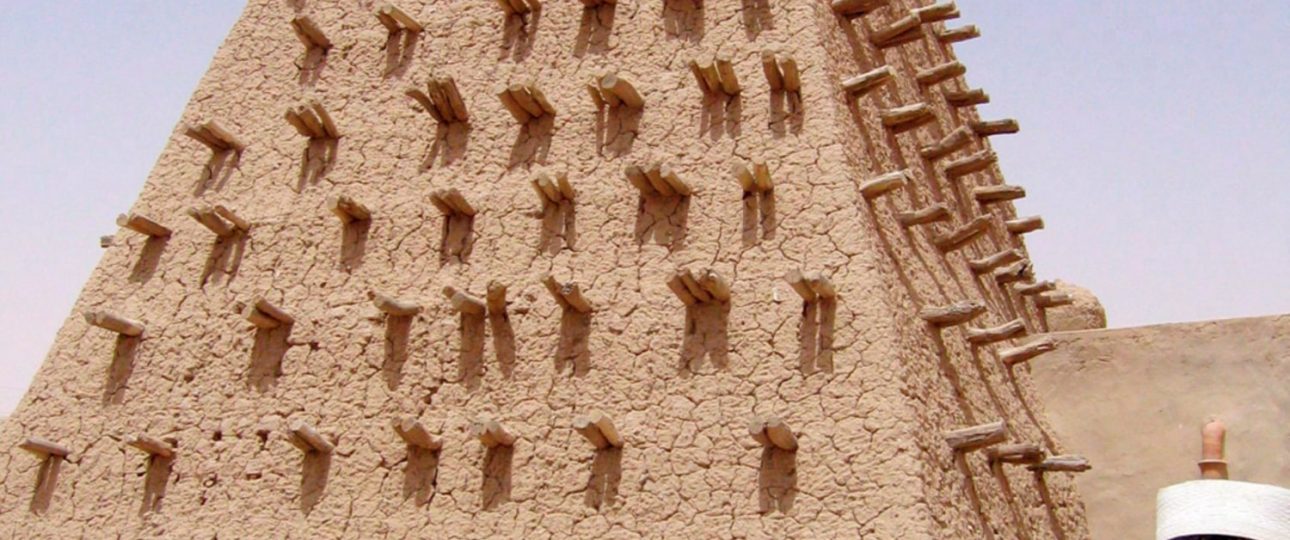Exploring Timbuktu
Timbuktu, located in Mali, is a city steeped in history and mystery. Known for its historical significance as a trading hub, it connected sub-Saharan Africa with North Africa and Europe. Today, Timbuktu is a UNESCO World Heritage Site, though it faces challenges due to its remote location and past conflicts.
Historical Significance
Once a center of Islamic scholarship, Timbuktu was home to one of the world’s oldest universities. The city earned the nickname “City of 333 Saints” and attracted scholars from across the Islamic world. Its libraries housed thousands of manuscripts on subjects like astronomy and medicine. Despite damage from conflicts, efforts to preserve these manuscripts continue, with many now safeguarded in Bamako.
Best Time to Visit
Timbuktu experiences a hot desert climate. The ideal time to visit is from November to February when temperatures are cooler. Prepare for your trip by packing light, breathable clothing and staying hydrated.
Getting There
Reaching Timbuktu is part of the adventure. Fly into Bamako, Mali’s capital, and take a domestic flight with Sky Mali to Timbuktu. Alternatively, embark on a challenging overland journey from Mopti or Gao, or take a three-day boat trip from Mopti along the Niger River. Be prepared for limited infrastructure and potential travel disruptions.
Local Transportation
Once in Timbuktu, walking is the best way to explore. The city’s narrow streets are mostly sand, with only one paved road. Taxis, camels, and donkeys are available, but the city is small enough to navigate on foot. Consider hiring a local guide to enrich your experience.
Cultural and Historical Sites
Djinguereber Mosque
This 14th-century mosque is a UNESCO World Heritage site and a symbol of Timbuktu’s architectural heritage. While visitors can admire its exterior, access is restricted during prayer times.
Sankore Mosque and University
Part of the historic University of Timbuktu, this mosque was once a vibrant center of learning. Though much of it is in ruins, the site remains a testament to the city’s scholarly past.
Manuscript Libraries
Despite past destruction, Timbuktu’s libraries continue to preserve ancient manuscripts. While many are now in Bamako, visiting the libraries offers insight into the city’s intellectual legacy.
Local Markets
Experience Timbuktu’s vibrant culture by visiting its local markets. Here, you can find colorful textiles and intricate handicrafts. Engage with local traders and immerse yourself in the lively atmosphere.
Practical Tips
- Prepare for limited infrastructure and potential travel disruptions.
- Respect local customs and dress modestly, especially when visiting religious sites.
- Stay informed about the security situation and follow travel advisories.
Timbuktu offers a unique glimpse into a rich historical tapestry. While challenges exist, the city’s cultural and historical significance make it a fascinating destination for the intrepid traveler.




